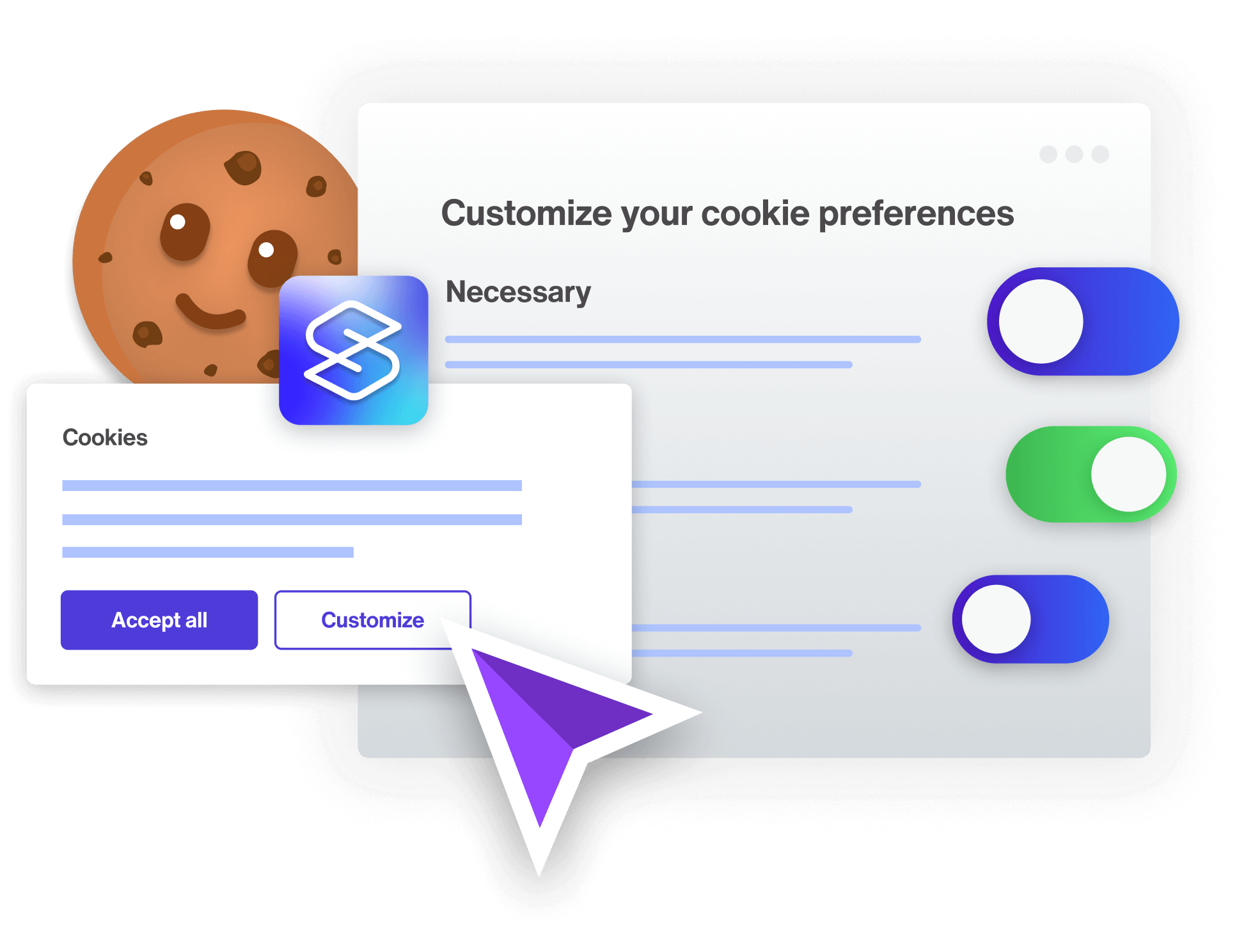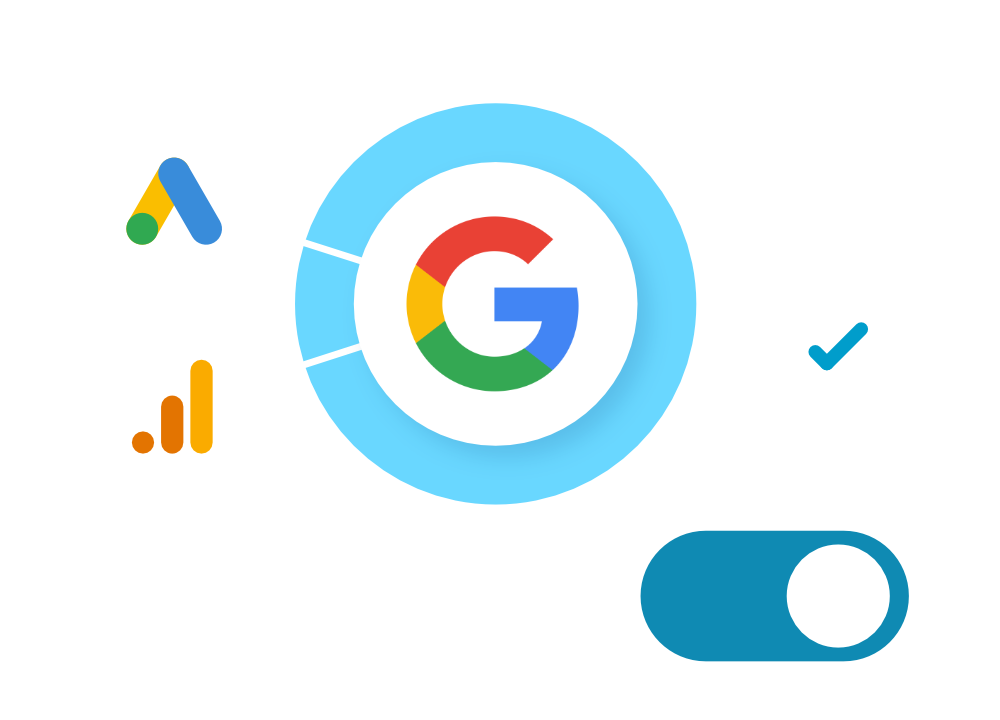
Ready for Google Consent Mode V2
Designed to support Google Ads and Analytics, and 100% free forever.

100% free and open source
Free forever. No user accounts. No traffic restrictions. No monthly fees. No subscriptions. Find it on GitHub.

GDPR & ePrivacy compliant
Built to keep you compliant with current regulations across the EU, ensuring peace of mind for your organization.
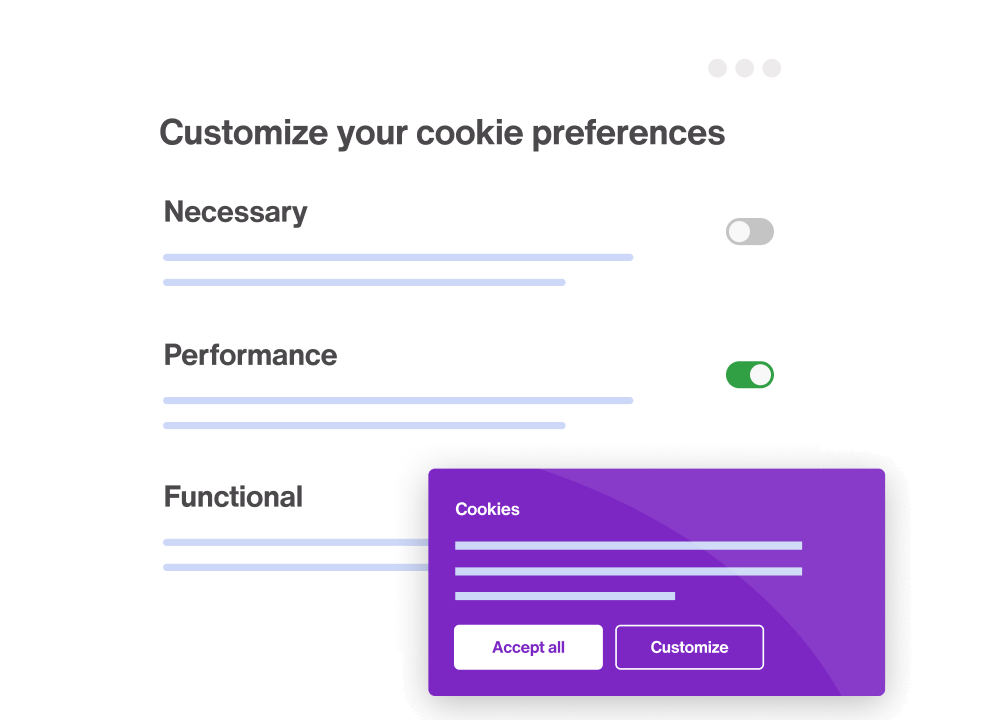
Fully customizable
Easily tailor all text and visual elements to fit your brand’s unique look.
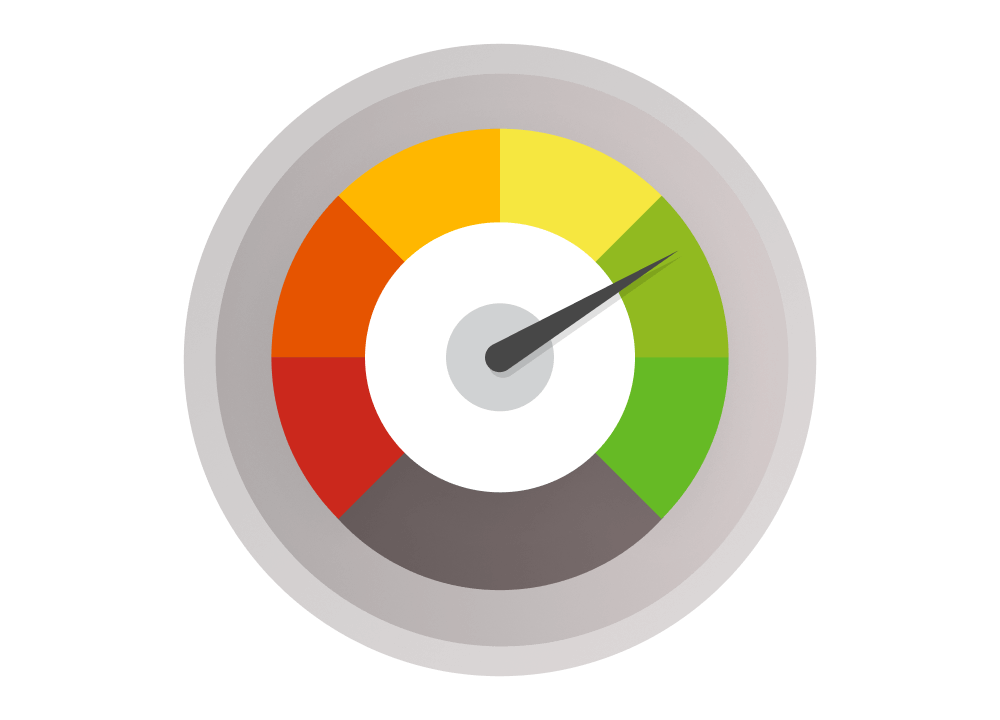
Lightweight and fast
Designed to have minimal impact on page speed, giving your users the best browsing experience possible.
Why we’re offering our open source cookie banner for free
Cookie banners can feel like a necessary evil – especially now that the EU Digital Markets Act requires Google Consent Mode V2 before setting Google’s tracking cookies.
Most, if not all, “free” solutions charge extra for advanced features like Consent Mode V2.
We didn’t think it was fair that businesses must pay for this mandatory requirement.
So we built a truly no-cost, open source cookie banner that supports Google Consent Mode V2 right out of the box – no hidden fees, no forced upgrades.
It’s easy to set up, looks great, and keeps you compliant with GDPR and global privacy laws.
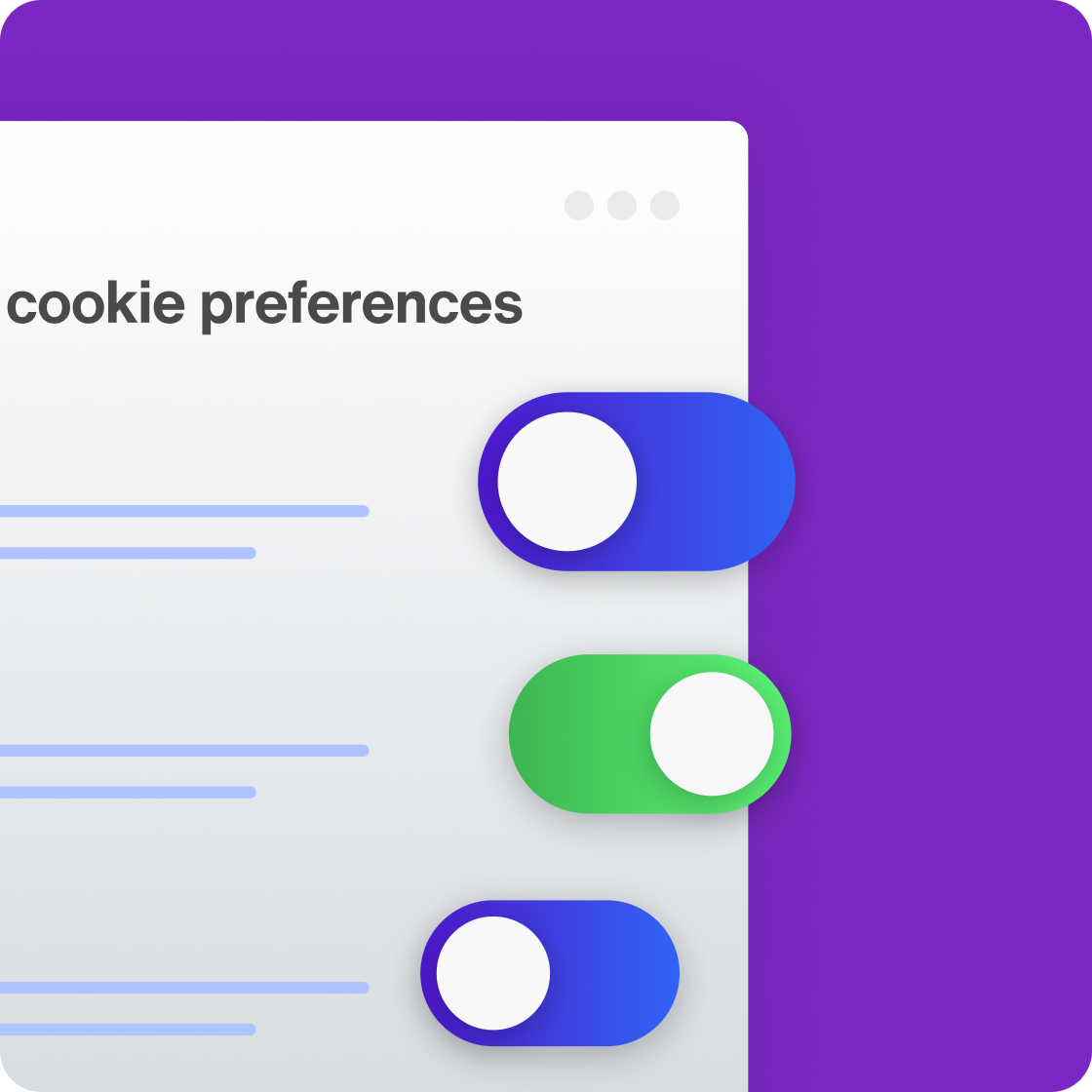
Why you need a cookie consent banner
The EU GDPR and ePrivacy directives aim to protect the privacy of users browsing your website.
In a nutshell, you must give people the option to opt-out of being tracked online.
The mechanism for doing this is the cookie popup banner – no doubt you already have one.
But if you want to use any of Google’s tracking cookies (and we’re sure 99% of you already are) you cannot avoid paying for a banner that supports it.
But no longer! Silktide’s cookie banner is 100% free forever.
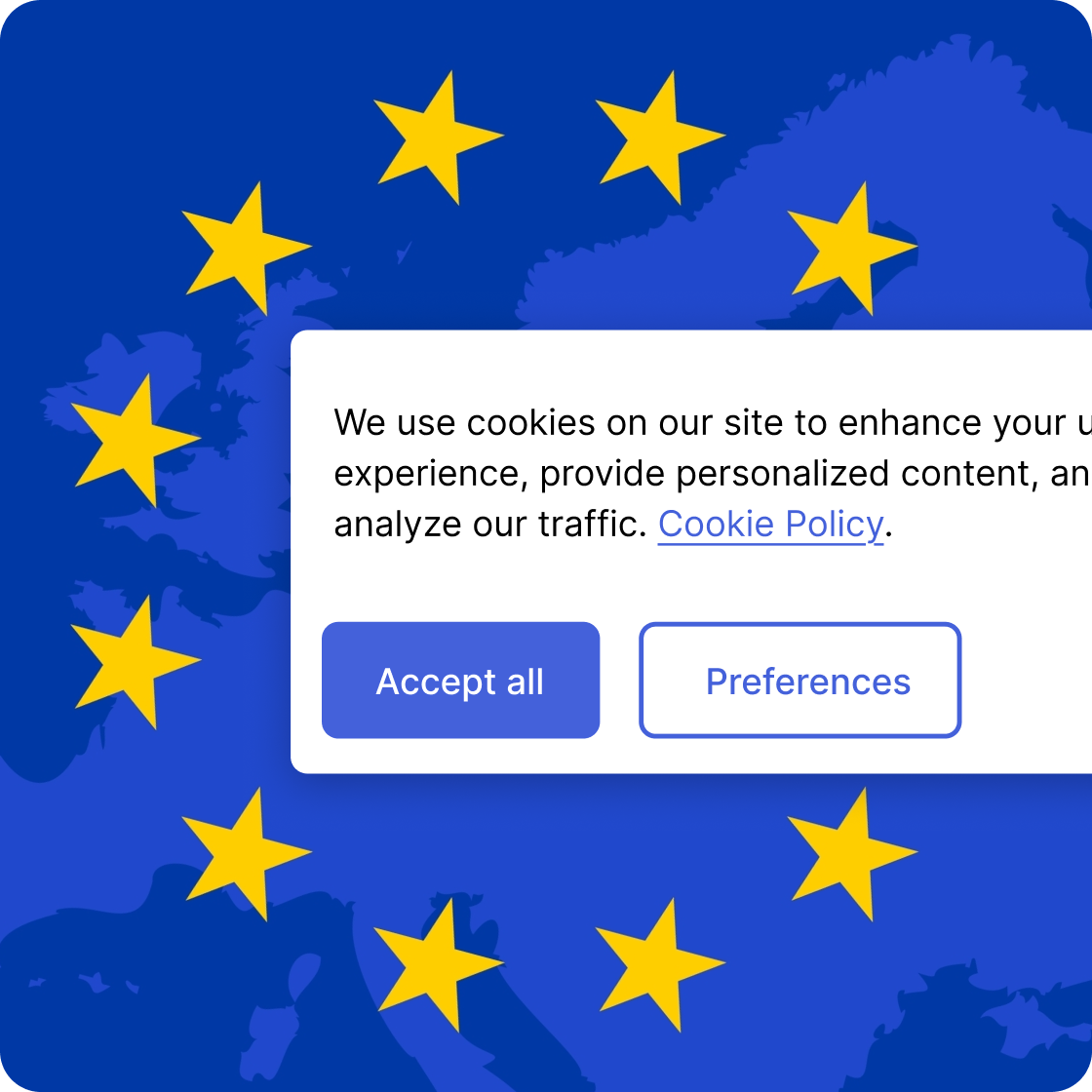
Why Google Consent Mode v2 matters
The EU’s Digital Markets Act puts even more emphasis on transparency and user choice.
If you use Google Analytics or Ads, you’re now expected to implement Consent Mode v2. Without it, you risk losing valuable tracking data or – even worse – facing legal trouble.
This means you must give users granular controls over the types of tracking cookies they accept, like Ads, Analytics, or Functionality.

Simple and customizable installation
-
Choose your branding
Using the installation wizard, pick your colors, banner position, icon style, banner text, and more
-
Choose your cookie types
Support for Necessary, Analytics, Advertising, and any custom cookie types you need.
-
Add the code to your website
Copy and paste the code into your site, Google Tag Manager, or your CMS, using our simple installation instructions.
How our cookie banner compares
Our free cookie consent popup does it all!
Silktide’s cookie banner
Completely free and open source, no signups or personal data collected.
- Open source
- Truly free for all features
- Supports Google Consent v2
- No user limits / no domain limits
- Multilingual / can be translated
- Lightweight & fast
- Easy installation on any website, CMS, or platform
Other cookie banners
Account and subscription often required, even for ‘free’ banners
- Closed source.
- Paid subscription required
- Supports Google Consent v2
- User and domains limited
- Limited to single language
Frequently asked questions
Is this cookie banner really free?
Yes. We don’t charge any hidden fees or require you to upgrade for advanced features like Google Consent Mode V2. A lot of “free” cookie banners only provide limited functionality at no cost, then charge for the good stuff. Ours is free forever, and open source, so you can see exactly what’s under the hood.
Do I need to sign up or create an account?
No! You don’t need to supply any details at all to use the cookie banner. It’s not a subscription service – it’s completely free. You have the option to join our mailing list to get updates when we release new versions.
What is Google Consent Mode V2?
Google Consent Mode V2 is Google’s updated framework for managing analytics and ad tracking in a privacy-friendly way. It ensures that tracking cookies are only set after a user opts in. This helps you comply with laws like the GDPR and the EU Digital Markets Act. Best of all, the Silktide cookie banner includes this functionality for free – no extra fees or paywalls.
If you’re using Google Analytics, Google Ads, or other Google tracking scripts, you need Consent Mode to ensure those cookies aren’t set without user permission. If you skip it, you risk non-compliance. Our cookie banner fully supports Google Consent Mode V2 right out of the box.
Will the cookie banner work on my website platform?
Yes. It works with any website or CMS. Whether you’re using WordPress, Shopify, Joomla, Jadu, Wix, Squarespace or any other technology, installation is quick and easy. Simply add our script to your site’s header. For detailed, step-by-step instructions, visit our Installation Guide.
Is the Silktide cookie banner GDPR-compliant?
Absolutely. The banner was designed with the GDPR and ePrivacy directives in mind, ensuring users can give meaningful consent or opt out. We also comply with other global privacy regulations.
Does the banner block cookies until a user accepts them?
Yes. The Silktide banner blocks tracking cookies by default, only allowing them if the user explicitly opts in. This approach is often required under EU law to respect user consent and protect privacy.
Are cookie banners required in the United States?
While U.S. federal laws don’t specifically mandate cookie banners like the GDPR does, certain states (e.g., California under the CCPA/CPRA) have regulations that effectively require disclosures. If you have international visitors, especially from the EU, you’re almost certainly obligated to follow stricter EU-style rules. Our banner can help you stay compliant in multiple regions.
What happens if I don’t comply with cookie laws?
Non-compliance can lead to penalties or fines under GDPR, the EU Digital Markets Act, or other local laws. It can also damage user trust. Most visitors appreciate a clear, easy-to-understand cookie banner that respects their privacy choices.
Can I customize the look and feel of the banner?
Yes! Our installation wizard makes it simple to adjust colors, text, and button styles to match your branding. You can keep it minimal or add advanced styling – it’s up to you.
How do I install the cookie banner with Google Tag Manager?
Using Google Tag Manager (GTM) is an easy way to manage scripts and tags without editing your website’s code directly.
For detailed instructions, check out our Documentation page. We walk you through each step and show how to ensure your cookies remain blocked until users give consent.
Is the cookie banner multilingual, or can I translate the content?
Yes. The installation wizard comes with suggested text which displays on the banner on your website, but you can change this to whatever you want, and in a language of your choosing. Just overwrite it during creation and the code will output correctly.
Does the cookie banner impact page load speed?
The code is tiny and has negligible impact on the loading speed of your site. The banner consists of one JavaScript file [33Kb] and one CSS file [11Kb].
Are there any restrictions or limits in monthly page views?
No! There’s absolutely no limit to the number of page views. It supports however many visitors you need, there are no costs.
Can I install the cookie banner on a subdomain?
Yes! You can install the cookie banner on as many websites, domains, or subdomains as you like – there are no restrictions.
Why is this free? Is Silktide tracking my website’s users?
It’s free because our mission is to make the web a better place. We absolutely do not track anything on your website. We encourage you to inspect all the code in Silktide Consent Manager GitHub repository.
Silktide has many free tools (like our free web accessibility checker) and we educate web teams on making their websites better (Check out the free educational content on our YouTube channel).
We also have a comprehensive web governance solution, which helps you make your sites better. That’s a paid product used by global brands, and allows us to fund the development of these amazing free tools.
Is this an accessible cookie banner?
Yes! We know web accessibility, it’s part of our web monitoring platform. We built the cookie banner to be as accessible as possible, so you won’t be creating barriers on your website by using it.
Free forever
No hidden fees or surprise charges – this solution is entirely free, from setup to ongoing use.
